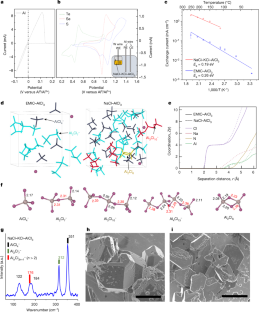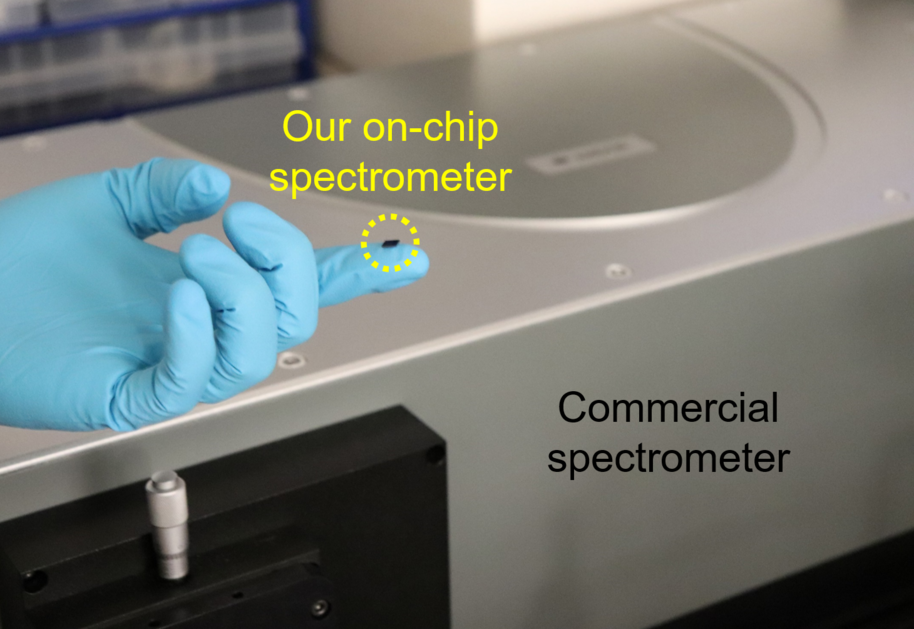2022-08-24 マサチューセッツ工科大学(MIT)

- MIT、北京大学やカナダ・ウォータールー大学等から成る国際研究チームが、電極にアルミニウムと硫黄、電解質に溶融塩を使用した新電池を開発。
- 安全性の懸念がある可燃性の有機溶媒を電解質に使用する高価なリチウムイオン電池の代替を目指し、地球上で賦存量が最も多いアルミニウム、石油精製処理等で排出される硫黄、また、安価・安全で比較的融点の低い溶融塩を採用。
- 豊富で安価な材料で構成される新電池の試験では、極めて高速の充電速度で数百回の充放電サイクルの耐久を確認。セルの推定コストは同等性能のリチウムイオン電池の約 1/6 と安価となる。充電速度は 110℃(230℉)にて 25℃(77℉)時の 25 倍となり、作動温度に大きく依存することがわかった。
- また、融点の低さから選択した溶融塩のクロロアルミン酸塩が、短絡を起こして電池の効率性や安全性を脅かすデンドライトの生成を阻止し、超高速充電を可能にしていることを確認。1 分以内に充電を完了し、デンドライトによる短絡によるセルの損失も起こらなかった。
- さらに、充放電時には電気化学的に熱が発生して溶融塩の凍結を防止するため、電池の作動温度を維持するための外部熱源が不要に。例えば、太陽光発電の負荷平準でのアイドル状態を挟んだ充放電サイクルでは、作動温度の維持に十分な熱が発生する。
- 新電池は、住宅一戸や小中規模のビジネスに向けた数十 kWh の容量サイズの導入や、急速充電が必須となる EV の充電ステーションでの利用に理想的。より大きな数十~数百 mWh の規模では、液体金属電池のような技術がより効果的となる。MIT のスピンオフ企業の Ambri が、来年内に最初の液体金属電池(先般 2022 European Inventor Award を受賞)の提供を予定している。
- 新電池技術の特許実施許諾を提供する、新しいスピンオフ企業の Avanti を設立。まずはより大きな
規模での新電池の作動を実証し、数百回の放電サイクル等の耐久試験を実施する。 - 本研究は、MIT Energy Initiative、MIT Deshpande Center for Technological Innovation および ENN Group(中国のエネルギー会社)が支援した。
URL: https://news.mit.edu/2022/aluminum-sulfur-battery-0824
<NEDO海外技術情報より>
関連情報
Nature 掲載論文(アブストラクトのみ:全文は有料)
Fast-charging aluminium?chalcogen batteries resistant to dendritic shorting
URL: https://www.nature.com/articles/s41586-022-04983-9
Abstract
Although batteries fitted with a metal negative electrode are attractive for their higher energy density and lower complexity, the latter making them more easily recyclable, the threat of cell shorting by dendrites has stalled deployment of the technology1,2. Here we disclose a bidirectional, rapidly charging aluminium–chalcogen battery operating with a molten-salt electrolyte composed of NaCl–KCl–AlCl3. Formulated with high levels of AlCl3, these chloroaluminate melts contain catenated AlnCl3n+1– species, for example, Al2Cl7–, Al3Cl10– and Al4Cl13–, which with their Al–Cl–Al linkages confer facile Al3+ desolvation kinetics resulting in high faradaic exchange currents, to form the foundation for high-rate charging of the battery. This chemistry is distinguished from other aluminium batteries in the choice of a positive elemental-chalcogen electrode as opposed to various low-capacity compound formulations3,4,5,6, and in the choice of a molten-salt electrolyte as opposed to room-temperature ionic liquids that induce high polarization7,8,9,10,11,12. We show that the multi-step conversion pathway between aluminium and chalcogen allows rapid charging at up to 200C, and the battery endures hundreds of cycles at very high charging rates without aluminium dendrite formation. Importantly for scalability, the cell-level cost of the aluminium–sulfur battery is projected to be less than one-sixth that of current lithium-ion technologies. Composed of earth-abundant elements that can be ethically sourced and operated at moderately elevated temperatures just above the boiling point of water, this chemistry has all the requisites of a low-cost, rechargeable, fire-resistant, recyclable battery.




